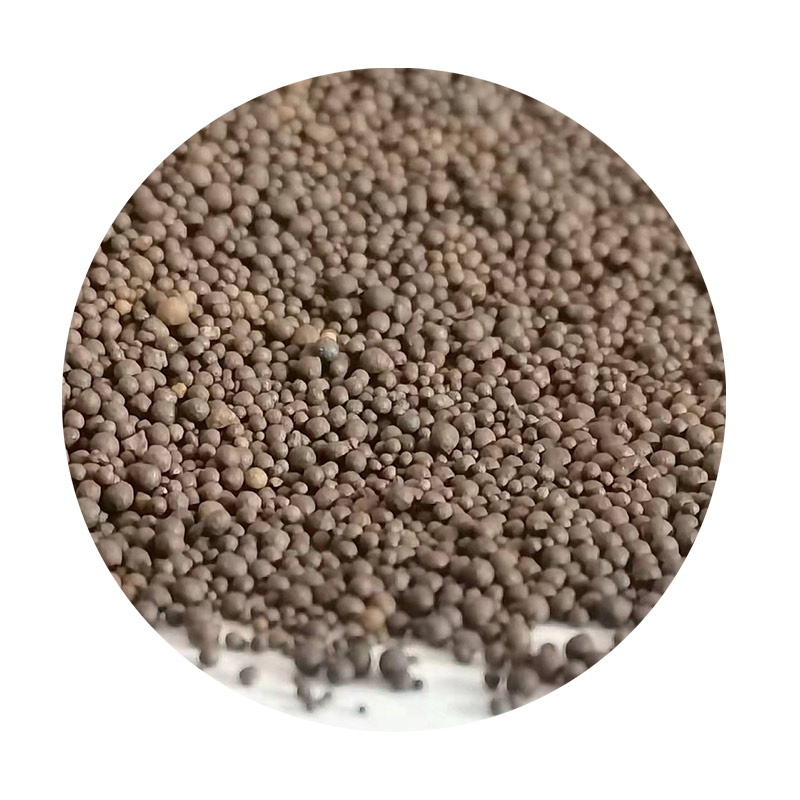Sanding in 3D Printing A Comprehensive Guide to Achieving Smooth Surfaces
The rise of 3D printing technology has revolutionized various industries, from prototyping to manufacturing. However, a common challenge that many users face is achieving a smooth surface finish on their printed models. While 3D printing can create intricate shapes and designs with high precision, the layer-by-layer deposition often results in visible lines or imperfections on the surface. To combat this issue, sanding has emerged as an essential post-processing technique for enhancing the quality of 3D printed objects.
Why is Sanding Important?
Sanding is a crucial step in the post-processing of 3D printed parts for several reasons
1. Aesthetics One of the primary reasons for sanding is to improve the appearance of the model. A smooth, professional-looking finish can significantly enhance the visual appeal of a product, which is especially important for presentation pieces, prototypes, or products intended for retail.
2. Fit and Functionality In some cases, a rough surface can affect the fit of printed parts, particularly in assemblies. Sanding can help ensure a better fit and improve the overall functionality of the model.
3. Preparation for Painting If you intend to paint your 3D print, sanding is essential. A smooth surface provides better adhesion for paints and finishes, resulting in a more uniform and professional look.
The Sanding Process
To achieve optimal results during the sanding process, follow these steps
You will need sandpaper with various grits, ranging from coarse to fine (typically between 80 to 600 grit). You may also need a sanding block for larger surfaces and a rubber sponge for curves and contours. Additionally, consider using a dust mask and safety goggles to protect yourself from fine particles.
2. Start with Coarse Grit
Begin sanding your print with the coarse grit sandpaper to remove the bulk of the imperfections. Focus on high spots and layer lines, applying even pressure. Be careful not to sand too aggressively, as this may remove features or details from your model.
sanding 3d print

3. Progress to Finer Grits
Once the rough areas have been smoothed out, gradually move to finer grit sandpaper. This step is crucial for eliminating scratches left by the coarse grit. Continue sanding until you achieve a surface that feels smooth to the touch.
4. Use a Wet Sanding Technique (Optional)
Wet sanding can be beneficial, especially for plastics like PLA and ABS, as it reduces dust and helps achieve an ultra-smooth finish. To wet sand, simply dip your sandpaper in water before sanding. This technique can help minimize the risk of overheating and melting the plastic during the sanding process.
5. Clean the Surface
After sanding, clean the surface of your print thoroughly to remove any dust particles. A soft cloth or a brush can be effective for this purpose. Cleaning ensures that any subsequent painting or finishing processes adhere properly.
Additional Tips for Successful Sanding
- Patience is Key Sanding can be a time-consuming process, so take your time and do not rush through it. The effort you invest will pay off in the final appearance of your print.
- Test on a Spare Print If you're new to sanding 3D prints, consider practicing on a test piece or an older print to develop your technique before working on an important project.
- Experiment with Different Techniques Depending on the material and the complexity of your design, you may find that certain sanding techniques yield better results. Don’t hesitate to try different methods to find what works best for you.
Conclusion
Sanding is an indispensable technique in the arsenal of any 3D printing enthusiast or professional. By understanding the importance of sanding and mastering the process, you can greatly enhance the quality and aesthetics of your 3D printed objects. Whether you are creating prototypes, artistic models, or functional parts, the benefits of a smooth, polished finish are undeniable. So, grab your sandpaper and start transforming your 3D prints into flawless masterpieces!
Post time:تشرینی یەکەم . 12, 2024 03:53
Next:different types of sand casting
